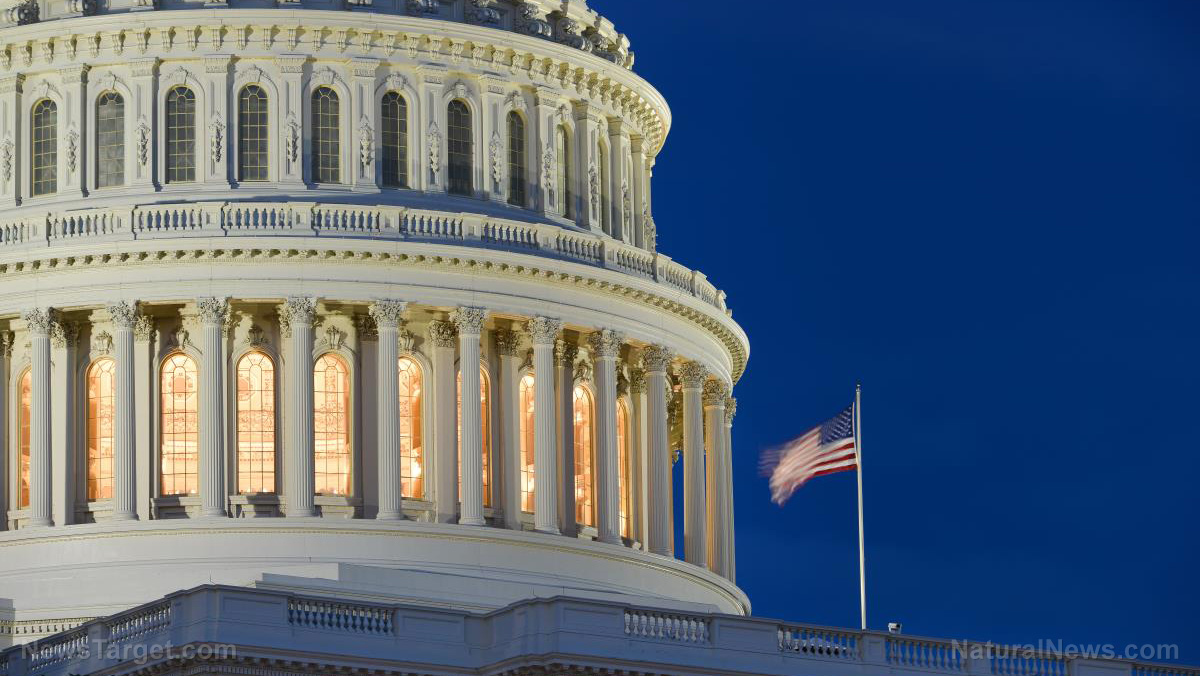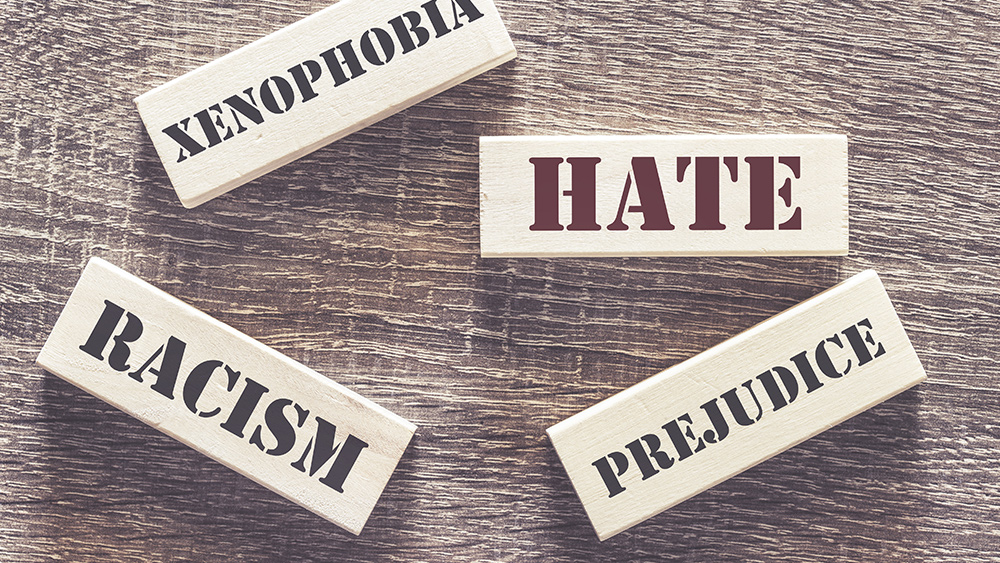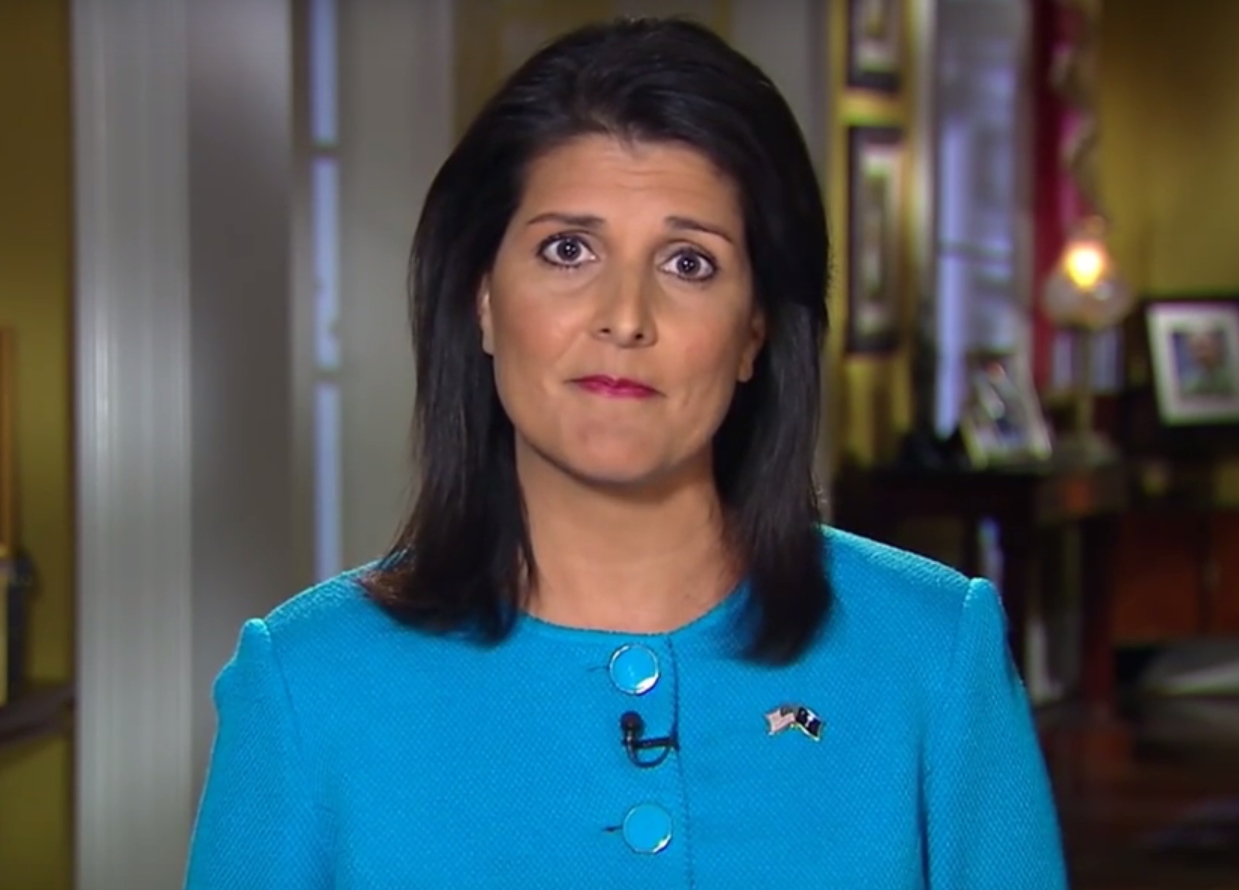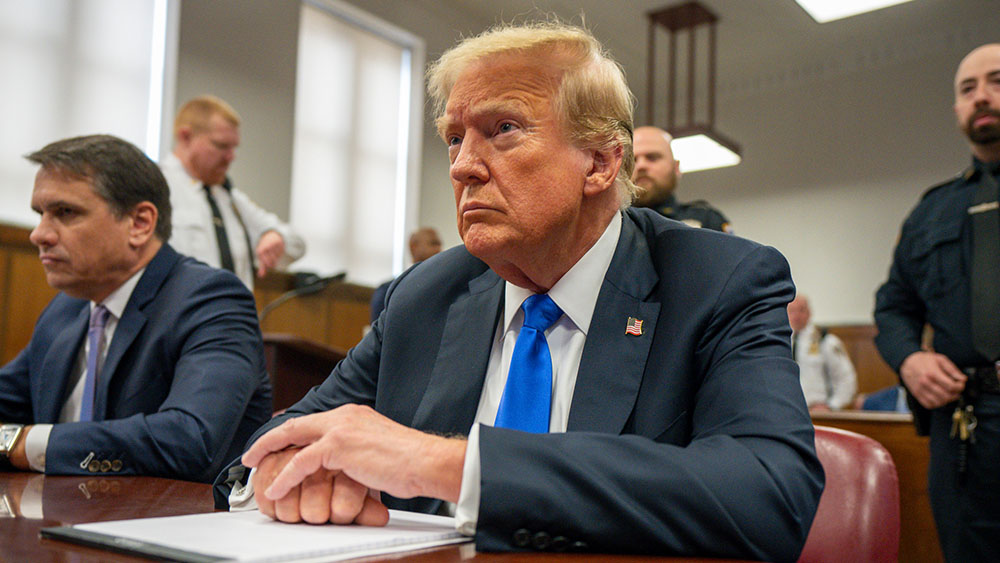
When the U.S. Supreme Court ruled this summer that universities can no longer consider race as a factor when making their admissions decisions, the idea that getting into college would be based on merit was good news for some students but bad news for others.
Everyone from teachers and parents to admission counselors had to figure out what the decision from Students for Fair Admissions v. Harvard and its companion case, Students for Fair Admissions v. University of North Carolina would mean for them, but no one would feel its effects more deeply than high school seniors.
In a recent piece for The Washington Post, writer Hannah Natanson followed two high school students who were hoping to get into Ivy League colleges in the wake of the decision and showed how it influenced their approach to college applications.
One white high school senior they followed, Cole Clemmons of Tennessee, was considering a career in international relations or environmental science. He remembers his Korean-American roommate at an international studies program responding to the news of the Supreme Court decision by saying “This is going to help me," and it occurred to Cole that it could help him, too.
With his 4.4 GPA, top ACT score and the prestige of being the president of the Model UN program at his high school, he had a lot going for him. Although he had initially dreamed of going to Columbia, he started to think that other Ivy League Schools would be in reach without affirmative action giving his spot to less qualified individuals who were admitted based on race.
We are building the infrastructure of human freedom and empowering people to be informed, healthy and aware. Explore our decentralized, peer-to-peer, uncensorable Brighteon.io free speech platform here. Learn about our free, downloadable generative AI tools at Brighteon.AI. Every purchase at HealthRangerStore.com helps fund our efforts to build and share more tools for empowering humanity with knowledge and abundance.
Meanwhile, the black high school senior the story followed, Demar Goodman of Atlanta, was a bright student who aspired to become a U.S. senator one day. He had hoped to go to Harvard, which he thought of as a school for politicians, but after hearing of the decision, he recalls mentally crossing Harvard off his list of schools he would apply to because he believed that he could never get accepted without his race being considered in the admissions process.
With grades of As and Bs and an ACT score in the 85th percentile, he had accomplished quite a bit but fell a little short in terms of the requirements for getting into the top schools he considered, such as Cornell and Harvard. However, he thought he still had a chance thanks to affirmative action – until the Supreme Court ruling was handed down.
Statistics show black students were getting preferential treatment in admissions process due to affirmative action
Statistics from a consultant’s report for the plaintiff in the Harvard lawsuit show that Goodman was not wrong to reconsider his goals following the ruling. Some extrapolations made by X user i/o (@eyeslasho) in response to the Washington Post story show that if only academic merit was considered in the acceptance decision-making process, only 0.94 percent of black applicants would have been accepted to the school versus the 15.81 percent who were actually accepted that year, assuming an acceptance rate of 10 percent. This means that just 1 of every 16 black students admitted using the previous affirmative action system would have gotten into Harvard if it was based solely on academic merit.
However, assuming an acceptance rate of 10 percent is very generous; Harvard’s actual acceptance rate is closer to 3 percent. When the SAT score distribution curves are considered for various racial groups, i/o points out that fewer than 0.94 percent of black students would have been accepted in a meritocratic system, which would have been fewer than 1 in every 20 applicants.
In other words, Harvard was giving black students overwhelmingly preferential treatment under affirmative action at the expense of white students and Asian students in particular.
Sources for this article include:
Please contact us for more information.



















